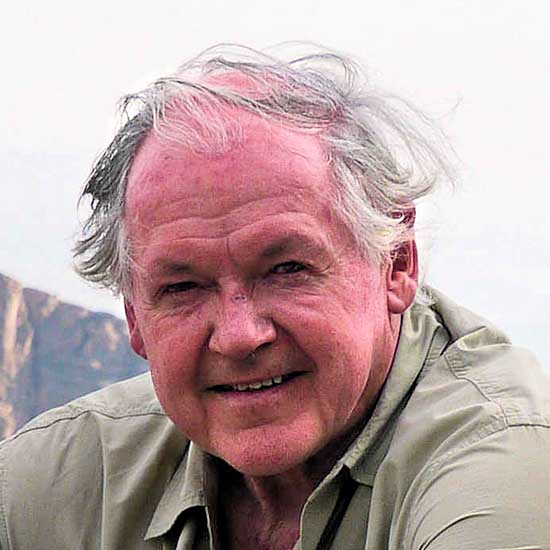Peter Dornan has played an innovative role in the development of high-precision particle detectors and their exploitation for particle physics. He initiated an imaginative scheme to trigger the SLAC rapid cycling bubble chamber as well as an experiment to photoproduce charm states and study their decays.
Following a period at the e+e– collider at DESY, where he and his colleagues developed procedures to study charm and beauty states, he led the Imperial College group into the large international collaboration (ALEPH) at CERN in 1984. He and his group developed a precise tracking chamber to study heavy flavour physics and form the tracking part of the experiment trigger.
These data provide a precise test of the Standard Model and Peter’s work was influential in establishing its parameters, particularly in the heavy flavour sector. LEP physics dominated particle physics in the 1990s, and he was elected leader of the collaboration for the high-energy LEP2 period from 1997 to 2000. After LEP, his interest moved to neutrino physics and the design of a neutrino factory.
Professional position
- Emeritus Professor, Department of Physics, Imperial College London
Subject groups
- Astronomy and physics
Elementary particle physics
- Other
Science policy

